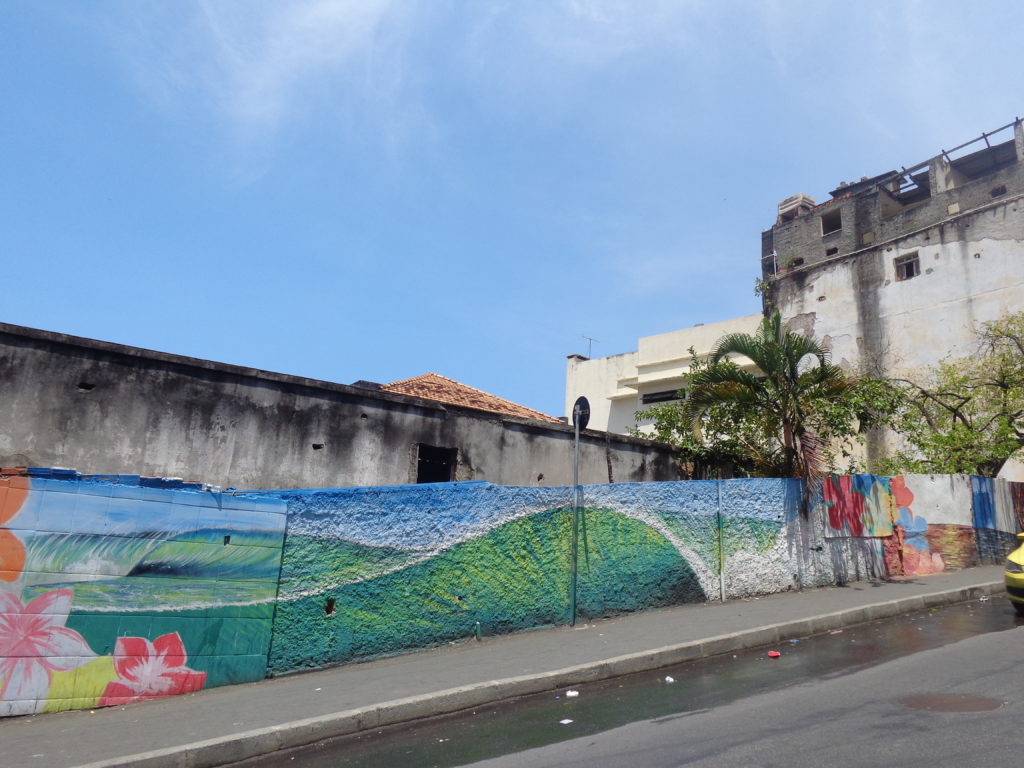
Never underestimate the power of pictures! I have come to fully agree with this imperative and therefore decided to dedicate my first article in the “urban innovations” category to street art. Made by and for the citizens! I came across many great street art projects and actually decided to make a series out of it. This introductory article will talk about street art and its potentials.
To celebrate the launch of my blog and to fill it with colourful examples, I will post several examples for great street art projects in quick succession. After that, I will of course continue with many other innovations! If you know other great examples of street art and have illustratory pictures, please share and/or contact me – this series can always be continued! 🙂
Street art is a very innovative and creative way of distributing a message in the city. It is non-commercial and can be found in public spaces. The art is self-authorised and intended for the surrounding neighbourhood. Street artists use any surfaces they find in the city, from walls to lamp posts, trees or trains. Amongst urban knitting, adbusting, and graffiti, street art is a form of urban art. I consider it to be inherently participatory, which makes it a great first blog post topic!
There are different authors of street art. Usually, individuals or small groups have an idea and implement it on their own in a neighbourhood. Then there is community street art, meaning that a whole community plans a work of art and realises it together. And I also found examples of government-issued street art (follow the series to see examples!).
Street art can also be open for co-creation and change – see this Journal Mural in Rio de Janeiro, which invites everybody to leave their notes:
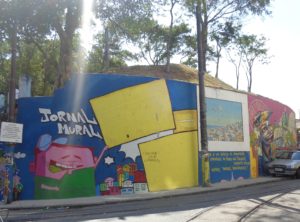
The material used for creating street art can range from stencils to paint, stickers, spray cans etc.… The size of the artwork differs from almost imperceptible small works of art to whole neighbourhoods painted in new colours. Street art, like graffiti, is illegal in many countries. This is why artists often work at night and use pseudonyms. However, more cities are opening up to this form of public articulation. In Berlin, there are designated walls for graffiti artists. Many people are commissioning street artists to paint their buildings (inside or outside).
Street art is almost always political, sending out a message. Certainly one of the most famous street artists is Banksy, who is known to leave beautiful, if troubling images as political messages.
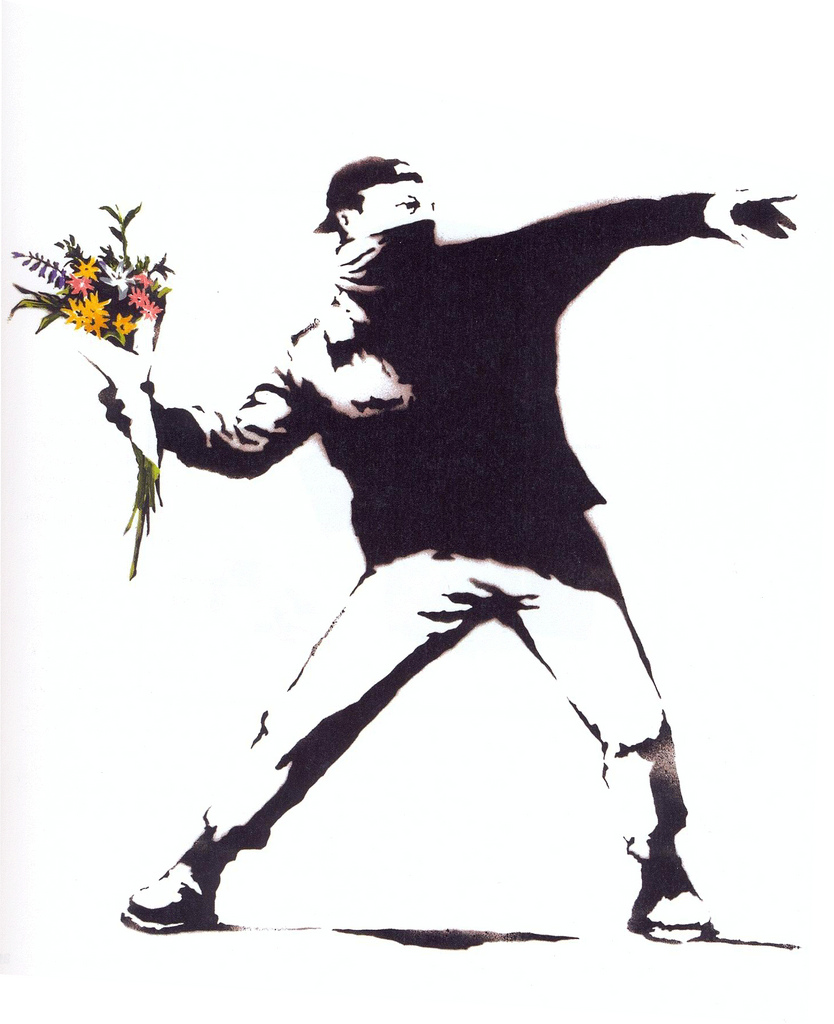
It serves as a medium for communicating and making your voice heard (or seen). In addition to its political side, street art has many positive impacts on communities: It is proven to enlarge community members’ pride in their cityscape. People who love their beautified neighbourhood will treat it with more respect, litter less and care for the surroundings. Good press can help to create a completely new image of a run-down part of a city, making it a hip tourist destination and thereby creating jobs. This can support the upgrading of a whole neighbourhood.
However, keep in mind that street art is not always beautiful and not always used to convey convincing messages. For example, street art in Jerusalem is often extremely political and insulting to many people. Furthermore, companies have discovered street art as a hip medium to advertise. This commercialisation of art is not participatory any more.
But the biggest question is: What about more substantial problems in a neighbourhood than beauty and artistic value? Especially considering the fact that street art is not always there to stay and can easily be destroyed by vandals, government itself or other artists, even the positive impacts such as tourism generation are often not sustainable. Many communities worldwide are more concerned about safe drinking water, education, health and access to public transportation (just to name a few concerns) than street art.
Still, I believe that street art serves many important causes. By increasing the pride in a beautified neighbourhood, people will start feeling more at home and developing a sense of ownership in their surroundings. This will result in small changes in consciousness (small scale upgradation). Media attention will lead to touristic and governmental attention, thus placing the community on the agenda with street art. And finally, there is the potential to gain political attention with innovative and thoughtful street art. For many people, this is a good start to make their voices heard and take ownership.
Please share your thoughts and ideas in the comment section below and don’t hesitate to contact me (laura@parcitypatory.org).
Here are some more articles on street art:

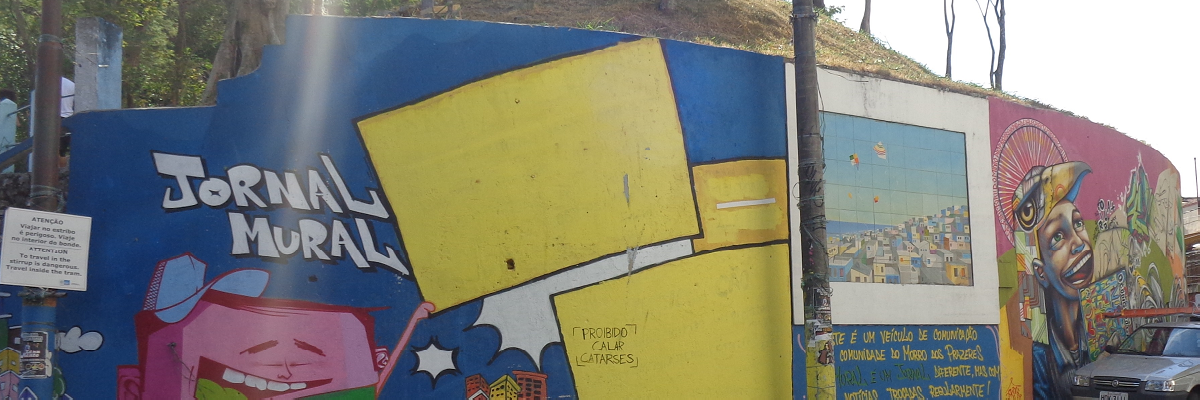

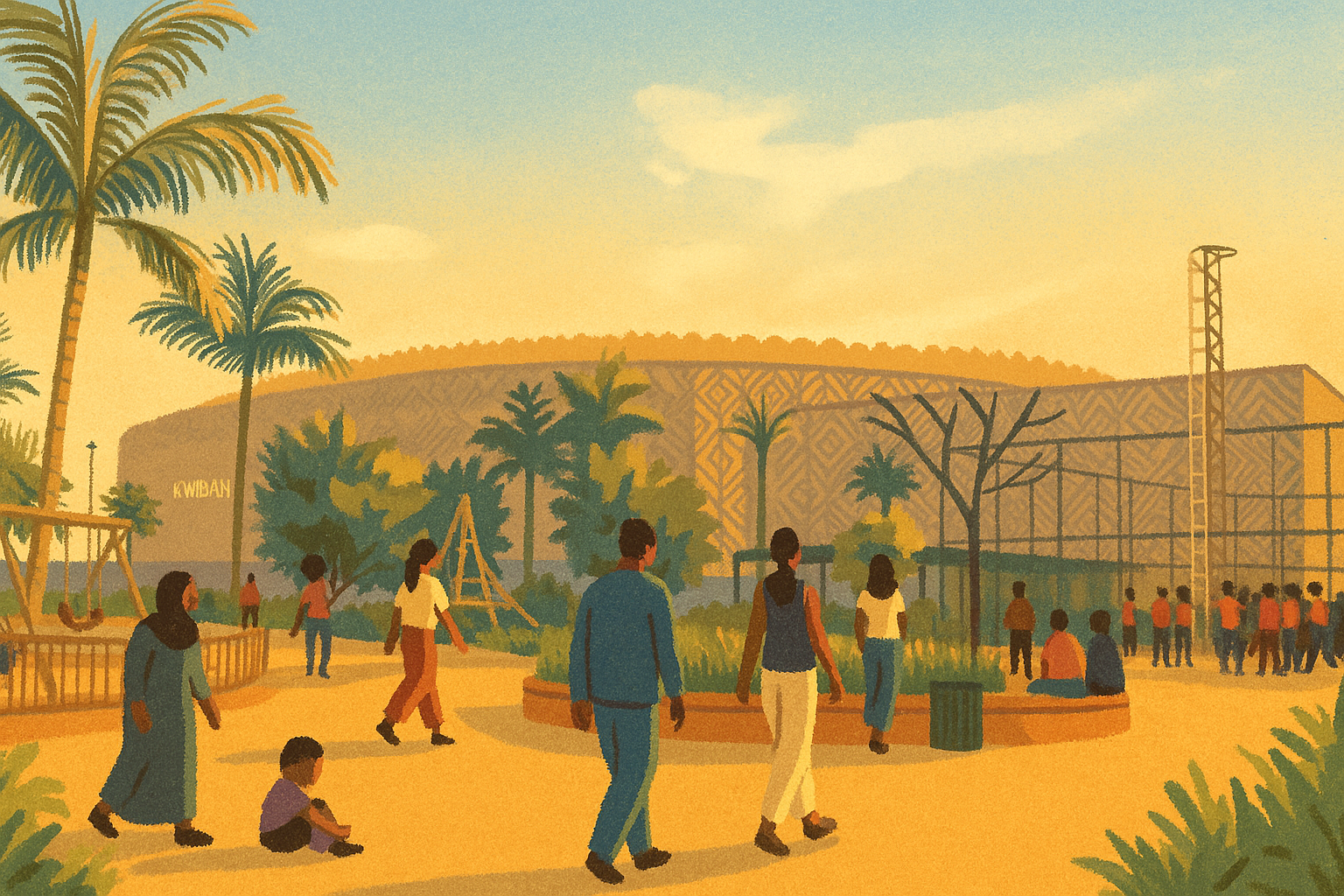
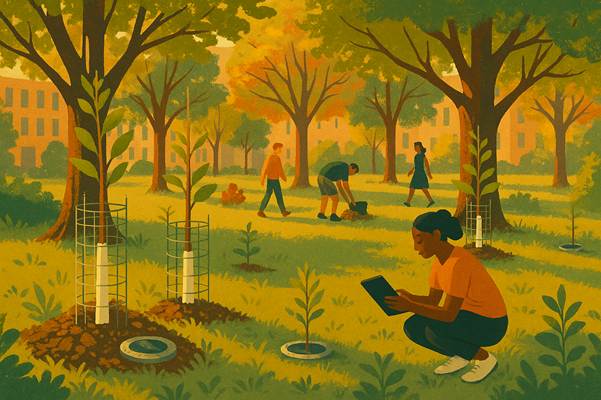
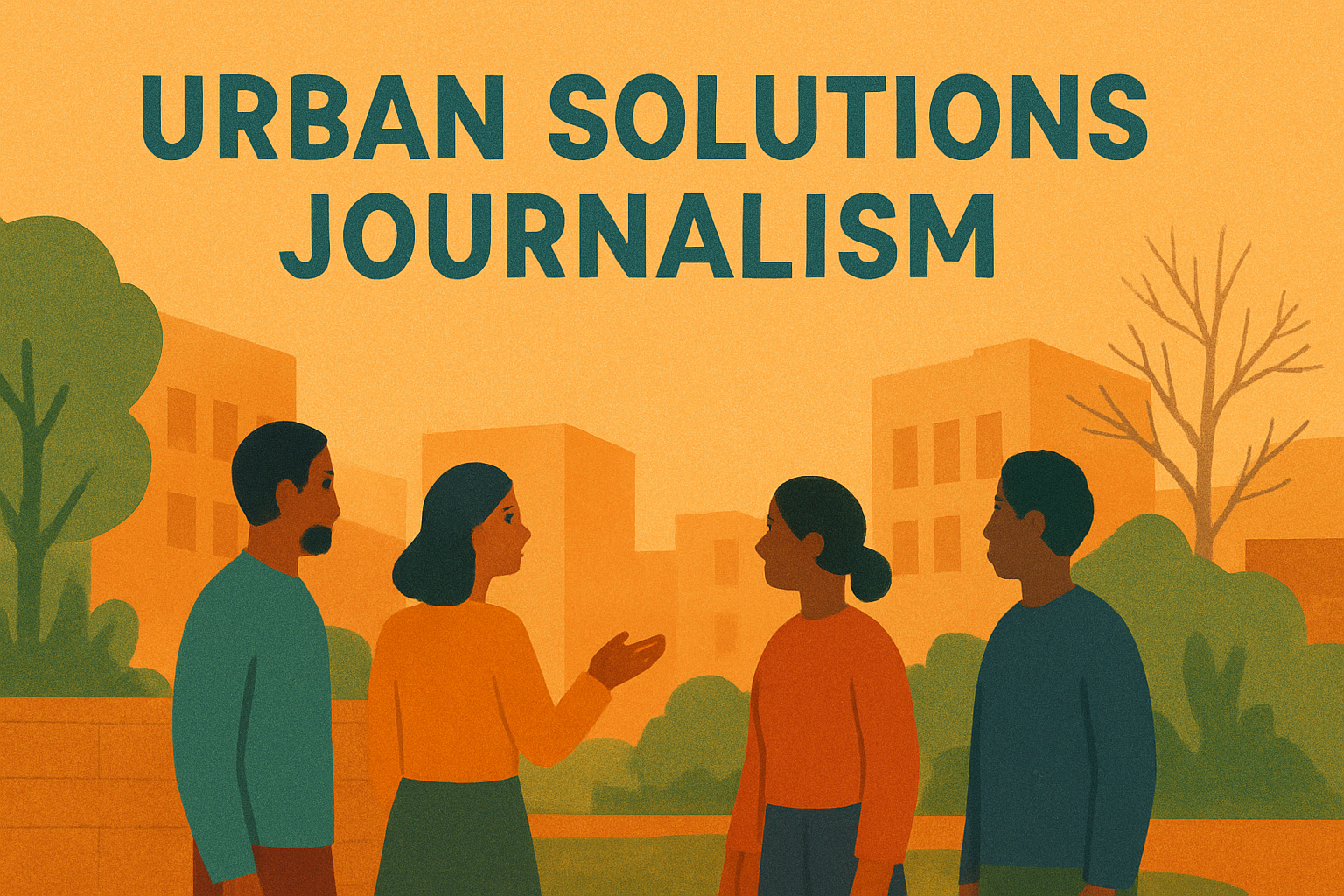
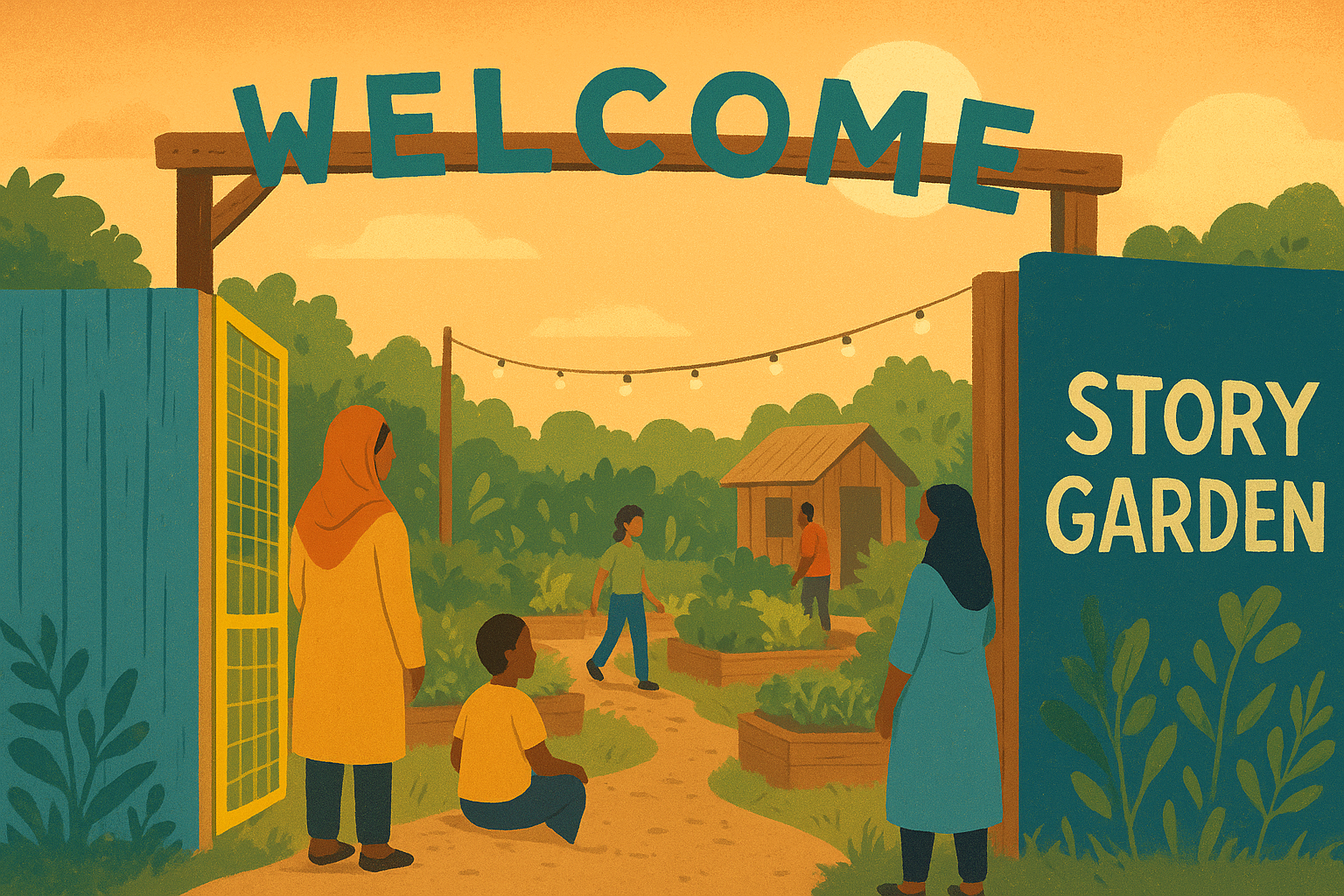

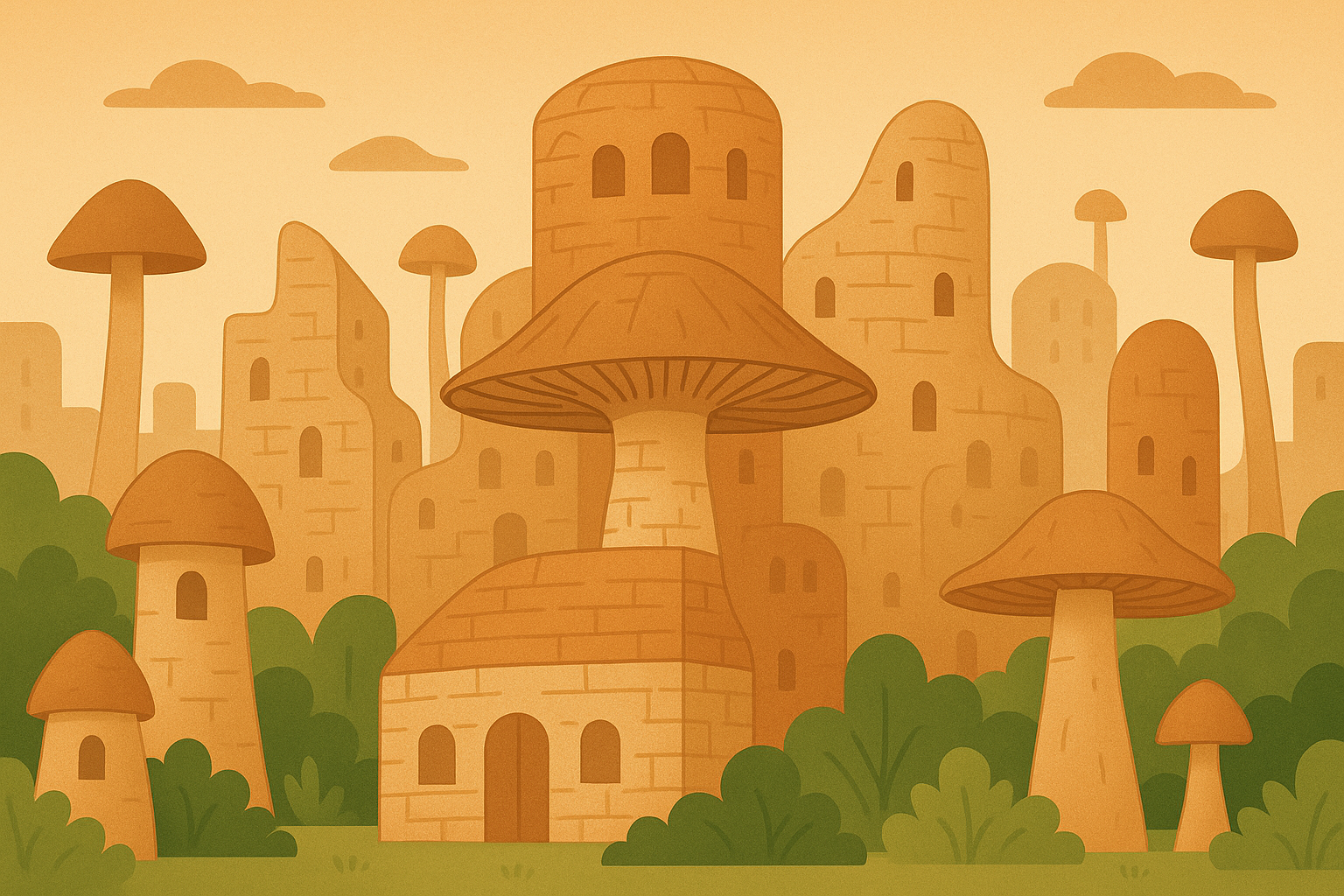

3 Responses
It helped my homework!
I’m glad to hear that! Feel free to send me an e-mail if you need more information (laura@parcitypatory.org) and good luck with the homework!